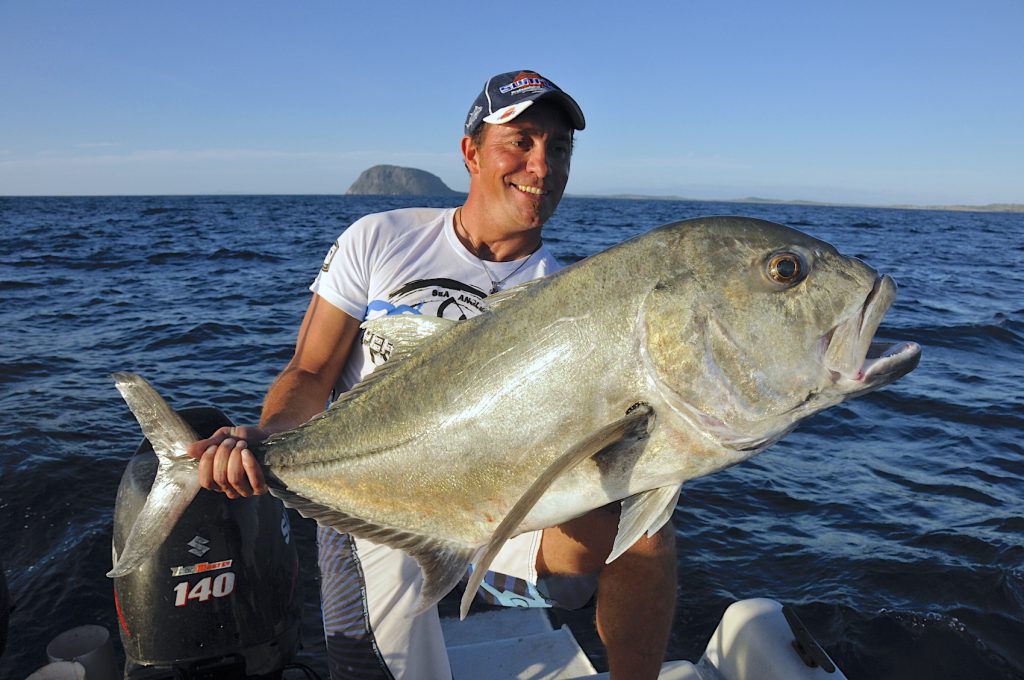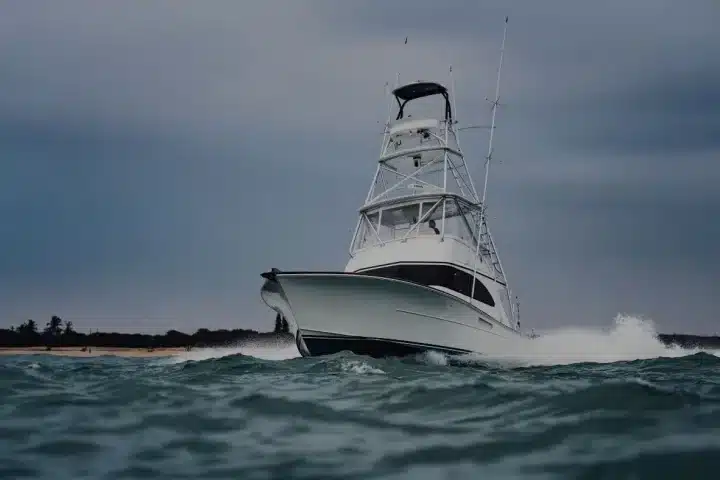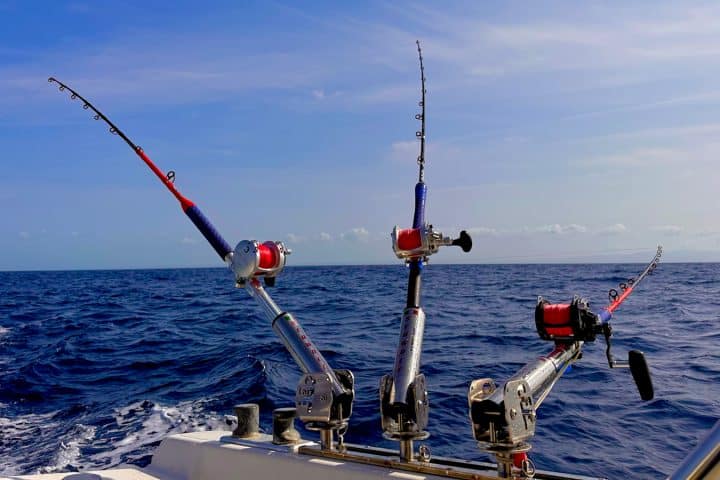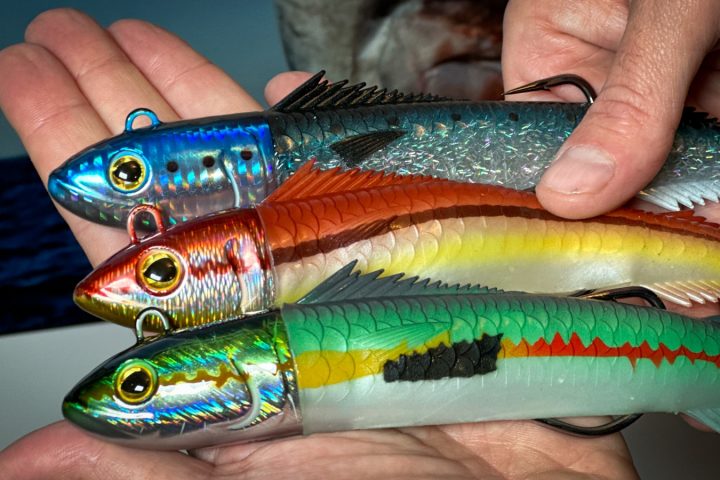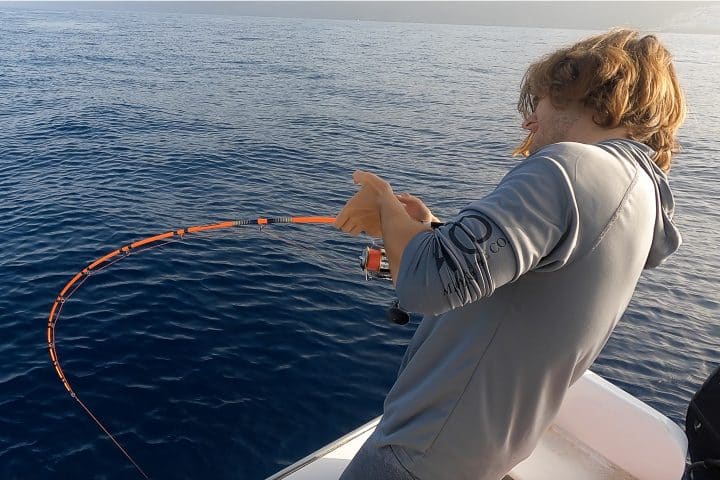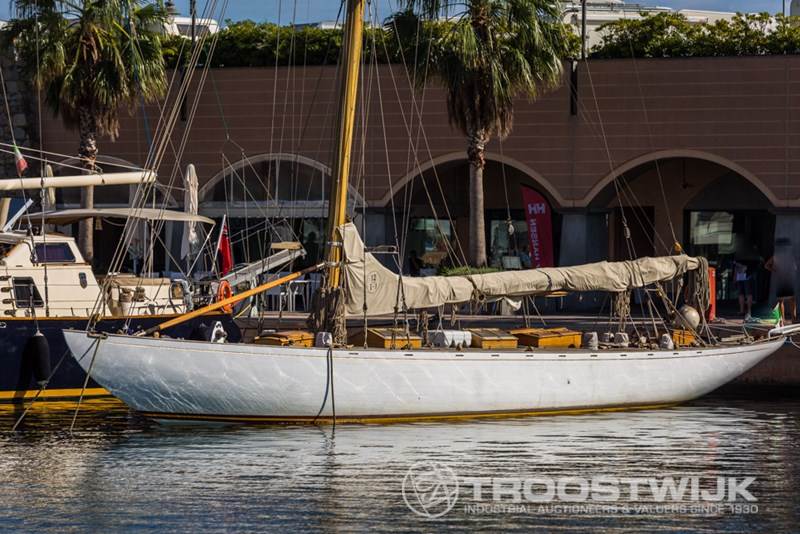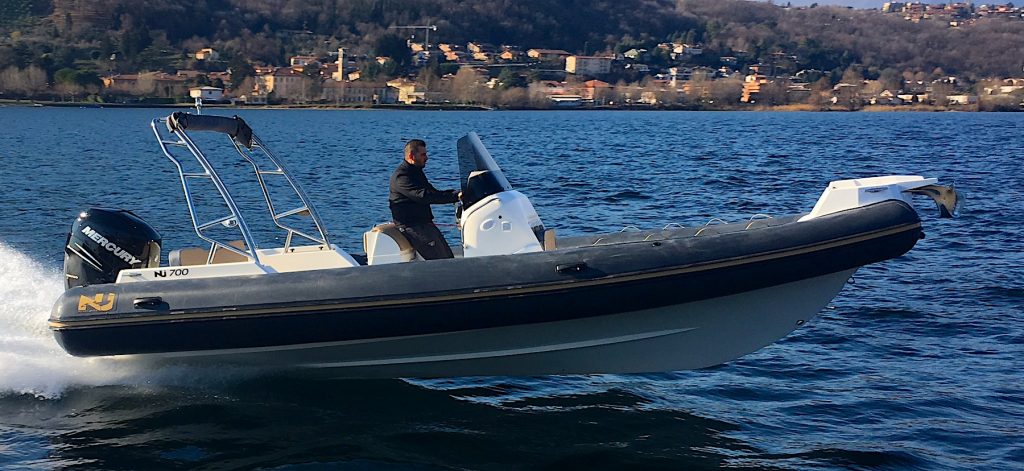The Adriatic Knot, the perfect knot for catching big preys

In the previous article, we’ve already seen how a strong, highly reliable knot is the essential key to consistent fishing success. Everything else is secondary. There is no point in talking about fishing spots, baits or fishing approaches if we don’t know a series of specific knots that can make anglers’ life significantly easier. It would be like enrolling at the university without having attended the primary school, wouldn’t it?
All fishing expeditions involving big preys and hard “fights” against them require specific knots that can be tied easily with large-diameter nylon or fluorocarbon fishing lines. More specifically, fluorocarbon is stronger and denser than conventional nylon and therefore guarantees a greater anti-abrasion effect. Furthermore, since fishing lines generally feature a diameter ranging from 0.60 to 0.90 mm, fluorocarbon is more “delicate” than nylon in clear waters thanks to its greater transparency.

Today, I want to show you another useful fishing knot that I like very much: the Adriatic Knot. Anyone who knows me knows how many times I use this knot to handle hard situations. The Adriatic knot can be tied both with a single and a double line. The sequence of hard fights that I’ve experienced throughout my career – against big amberjacks, snappers, tuna fish, groupers, marlins and giant trevallies (just to name some of the most powerful preys) – and that I’ve successfully finished with the help of this knot is very, very long.
Big preys always require knots with a breaking load 90% higher than the fishing line’s one that the angler can tie even with large-diameter leaders.
Some useful advice in this sense come from disciples like big game and vertical jigging.
The knot we’re going to look at is extremely reliable, easy-to-tie and even “pretty” enough.
The Adriatic knot under the microscope

The Adriatic knot is one among the most popular knots amongst big game and drifting enthusiasts, generally used to catch big preys, like bluefin tuna or swordfish.
Somewhat similar to a reversed clinch, this knot is a variant of the Franciscan Monk‘s knot, whose name refers to its use by monks to weight the ends of the cords they used as belts. As shown by the following step-by-step illustration, contrary to the Franciscan monk’s knot where only just a few coils are necessary, the Adriatic Knot features 9-12 coils which inevitably result in greater efficiency. The higher the number of coils, the longer the knot will be. Of course, this is an important advantage if we have to handle with big prey since it will make the line more resistant to the force exerted by the teeth of the fish right near our hook, which is “weaker” point and thus more exposed to the rubbing against fish’s teeth.
Generally considered as the knot offering the highest breaking strength, the Adriatic knot guarantees an endurance equal to almost 99% of the fishing line’s breaking load.
You just need some practice to tie the Adriatic knot very fast.


